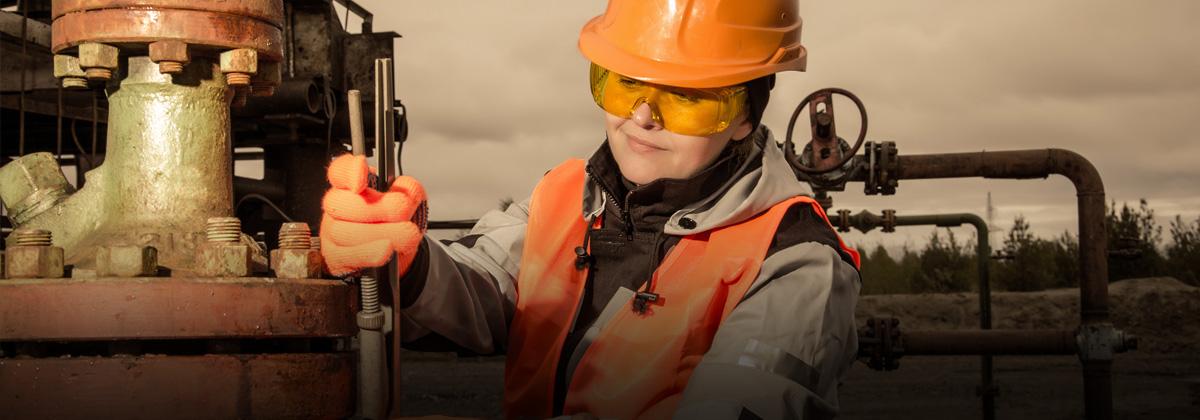The first in a series of blogs by RS Industria's Richard Jeffers, exploring the aim of the maintenance, repair and operations (MRO), within a maintenance organisation and the key enablers to deliver it
We are all used to hearing about the planned maintenance and autonomous maintenance pillars of Total Productive Maintenance (TPM) but do they really help us identify what a maintenance organisation should deliver? Or, indeed, how to build a maintenance organisation from scratch? Many TPM programmes assume a level of capability within the maintenance organisation that is unable to be released despite the best intentions of the maintenance team. What organisations need is to focus on basic maintenance capability first, so that future activity has a solid foundation on which to build.
A colleague and I were stranded at an airport waiting for a delayed flight and, given that we are both maintenance engineers, we started to give some thought to what a maintenance organisation is for, what it delivers, and what supporting infrastructure it needs in order to deliver. Fortunately, despite the fact that we were separated from our laptops, we did have the back of a placemat to work on, so we set ourselves the challenge of capturing this on a single page.
"Organisations need to focus on basic maintenance capability first, so that future activity has a solid foundation on which to build"Richard Jeffers, Managing Director, RS Industria
- The user is at the heart of this aim, not the maintainer. It is only the user who can define what constitutes fit for purpose as only they generate wealth with the asset.
- The asset needs to be in the hands of the user. An asset taken down for maintenance is not delivering the task it was purchased to do.
- All decisions about maintenance need to consider best cost – but what constitutes ‘best’? This has to be driven by the operating context. A new asset with 30 years of life left is likely to be maintained proactively for many years. For an asset due to be replaced in six months, run to fail could be the best solution. Best cost decisions are driven by the operating context of the asset – what the asset owner wants it to deliver.
- Fix. Corrective work to restore a failed asset back into use. The area where far too many maintenance organisations focus all or most of their effort.
- Solve. The much harder activity of identifying why an asset failed in the first place.
- Develop. Using the problem-solving above to develop new maintenance tasks, or operating methods, that reduce the likelihood or the impact of future failure.
- Schedule. Ensuring that the right skills, tools, spares and resources are available at the same time as the asset is out of use, to complete any planned maintenance work.
- Execute. Perfect execution to ensure “right first time, every time” performance of the planned maintenance task. Underpinning this is constant shop-floor coaching of the maintenance technicians.
- Review. Following up after the maintenance has been carried out to find out if what was experienced on the asset was as expected.
- Maintenance organisation. You achieve the results your organisation is designed to deliver. If all your technician resource is on shift, you will never break out of a reactive culture. If you have no maintenance planners, you will never effectively schedule tasks. If you have no maintenance development engineers, you will never understand the reasons for component failure and the actions required to mitigate these failures. If the asset owner is not at the heart of the process, you will never meet his needs or fully understand the operating context.
- Maintenance workflow. How do you want to log, escalate, address and manage reactive and planned work? How do you manage this on a daily/weekly/periodic basis? While a Computerised Maintenance Management System (CMMS) will facilitate this, a good CMMS implemented at a site without a good workflow will fail.
- Spares, lubricants and special tools. What do you stock? How do you stock it? Financially, holding any stock is to be avoided because it ties up working capital but engineers and operators will want 100% availability of spares. Without a clear view of your stocking strategy, combined with good warehouse discipline, you are destined to never have the right parts when you need them.
- Contractor and service management. In all maintenance organisations, much work is outsourced. A clear strategy on why to outsource is needed. I have always taken the view that you outsource activity that is genuinely cheaper, specialist or when there are peaks in demand. If you don’t tick one of these boxes, consider doing it yourself. Of course, while you can outsource the task, you can never outsource the management – you need to put as much, if not more, effort into managing service providers as you do to managing your own resource.
- Budget management and the critical backlog. All maintenance engineers ask for more money…. But few can back it up with a detailed risk analysis of the backlog of maintenance activity, the cost of completing that work and the risk of doing or not doing the work. Maintenance is all about managing risk. This form of detailed risk analysis of the backlog makes budget discussions easy and fact-based, and avoids the arbitrary cutting of maintenance budgets that many have seen.
- Safety and compliance. Maintenance work, through its non-routine nature, is more inherently hazardous than operating assets in their standard way. Control of work, risk assessment, permits and machine isolations are all fundamental parts of the maintenance professional’s task. All maintenance professionals should be involved: it is not a management activity, it is everyone’s activity.
"We defined the aim of the maintenance organisation as ‘keeping operational assets fit for purpose in the hands of the user, at best cost’."Richard Jeffers, Managing Director, RS Industria





